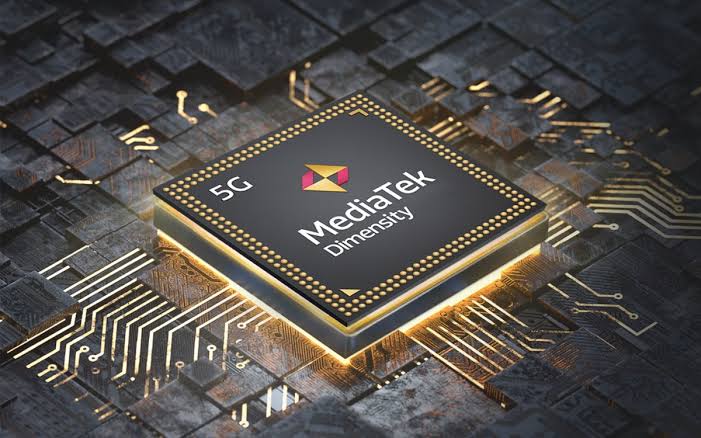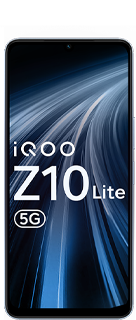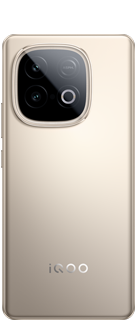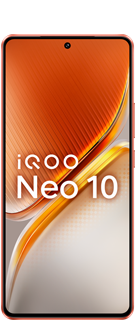MediaTek Dimensity 6400 is 3-year old Dimensity 6100+ in disguise

MediaTek just launched its new SoC, the Dimensity 6400, but there’s not much new here.
It’s a slight refresh of last year’s Dimensity 6300, with an overclocked prime core and little else to set it apart.
The chip still uses TSMC’s 6nm process, sticks with the same octa-core setup as its predecessor, and even carries over the same GPU.
What’s more frustrating is that the Dimensity 6100+ from 2023 already had the same core specs.
So, at best, this is just a rebranded 2023 chipset with a minor clock speed bump.
CPU and Performance

The Dimensity 6400 features an octa-core setup with two Cortex-A76 cores clocked at up to 2.5GHz and six Cortex-A55 cores running at 2.0GHz.
This configuration is the same as the Dimensity 6300, just that MediaTek has bumped the prime core frequency from 2.4GHz to 2.5GHz. That should hardly make a difference in CPU performance
Graphics

For graphics, MediaTek is using the Arm Mali-G57 MC2 GPU, again the same as its predecessor. It’s not a high-end GPU, but it should be enough for casual gaming and media consumption. The chipset supports displays with up to a 2520 x 1080 resolution and a 120Hz refresh rate.
The Dimensity 6400 comes with an Image Signal Processor (ISP) that supports up to 108MP cameras. Dual-camera setups are limited to 16MP + 16MP, which is standard for a mid-range SoC. The chip includes support for 3D LUT color management, but MediaTek hasn’t detailed any major computational photography improvements.
The chip supports LPDDR4x RAM at up to 2133MHz and UFS 2.2 storage
Connectivity

As expected, the Dimensity 6400 supports both SA and NSA 5G, with dual 5G SIM functionality. It offers a peak download speed of 3.3Gbps.
The chip includes Wi-Fi 5 (802.11ac) with a 1T1R antenna setup, Bluetooth 5.2, and support for various global navigation satellite systems (GPS, BeiDou, Glonass, Galileo, QZSS, and India’s NavIC). However, the lack of Wi-Fi 6 might be a drawback for users looking for more future-proof connectivity.


Please sign in
Login and share






















